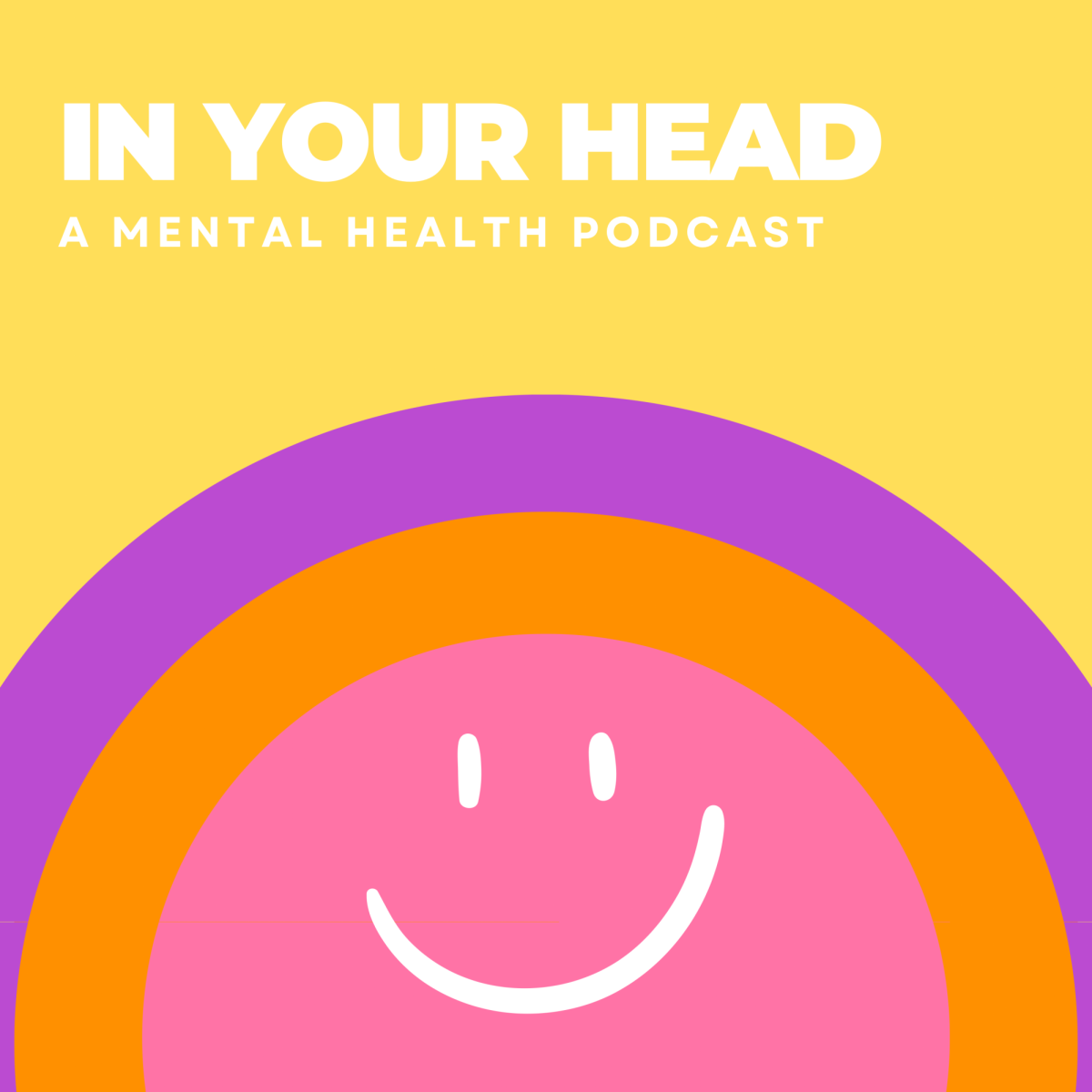In an environment where drugs are accessible and social pressures can feel overwhelming, teens are susceptible to drug abuse and addiction. Directly linked to drug addiction is overdose, and according to the Washington Department of Health, overdose deaths of people aged 10-17 rose from below 10 in 2019 to 38 in 2022. The sharp increase in fatal overdoses for all ages is due to both the spread of fentanyl, according to statistics from the CDC, and the lack of healthy conversation around drug usage and addiction. In response, NSD’s health curriculum needs to promote empathy and detach shame from drug use disorders. Students should be connected to effective treatment options, in order to prevent overdose at all ages.
The current health curriculum emphasizes abstinence as the best form of overdose prevention, but it’s near impossible to ensure it. High school is when many students are first exposed to drugs, usually from their friends, resulting in peer pressure to use substances. Pressures to seem cool or the desire to escape personal problems can further push students towards substance usage.
It’s not enough to tell students to avoid unhealthy drug usage by listing the personal and legal consequences. Schools need to tell students that as much as half of a person’s risk for drug addiction depends on their genetic makeup, according to the NIH. Schools need to encourage students to seek addiction treatment by removing punishment from the equation, and schools need to have the resources to address underlying risks for drug use.
At Inglemoor, there’s about one counselor for every 320 students. Districtwide, there are six open spots for counselors. Mental health is closely tied to drug use disorders, but right now each counselor serves too many students to offer much individualized care. Predominant social beliefs already misconstrue drug addiction as a lack of self control or morals, which make it feel shameful to admit to addiction — the first step to overcoming it, according to NSD’s health textbook. Even if a student gathers the courage to ask for help, school counselors may be too busy to give them the necessary quality of care.
Drug usage and overdose is not exclusive to specific social circles or students, yet IB Diploma students are exempt from health class, which means potentially 70 students graduate from Inglemoor without overdose education each year. This implies that students who seek rigorous academic challenge do not do drugs or face pressure to do so. This elitist thinking not only adds to the stigma surrounding drugs but leaves students more vulnerable to overdose.
The Washington State Office of Superintendent of Public Instruction requires Washington school districts with more than 2,000 students to keep Narcan in high schools. Narcan, a brand of naloxone that can reverse opioid overdose, is available at every NSD school in the district, including elementary schools. While this is a progressive step towards overdose prevention, students are not typically informed of this supply or where to find it. NSD has resources to prevent overdose, but they are less effective because they aren’t advertised.
Nitazenes, a subclass of synthetic opioids, require higher doses of naloxone to treat than fentanyl, and they are among the fastest growing types of opioids, according to a 2023 study published by the NIH. Opioids keep getting stronger, which means the likelihood of overdose grows as well. Washington experienced a 34% increase in drug overdose this year — the highest increase in the nation, according to the CDC. And many NSD alumni stay in the Seattle area after graduation, which is the epicenter of Washington’s drug crisis. NSD’s proximity to Seattle makes it all the more important that the district establish more holistic preventative measures.
As the opioid crisis worsens and teens grow into young adulthood — at which point the rate of fatal overdoses rises dramatically — schools must equip them with a more accurate understanding of addiction and treatment options. By promoting empathy and healthy conversations about drug use and addiction while also publicizing overdose prevention resources in schools, the district can better protect its students from the growing threat of drug overdose. It’s time to replace our outdated curriculum and push to prevent teenage overdose.
This story was originally published on Nordic News on October 22, 2023.






![It was definitely out of my comfort zone to get [the dress] and decide I loved it enough not to wait and risk not having something that memorable.](https://bestofsno.com/wp-content/uploads/2024/04/Precious_20180902_JRS_00008_ed1.jpg)


![Sophomore Sahasra Mandalapu practices bharatanatyam choreography in class. These new dances will be performed in an annual show in February. Mandalapu found that practicing in class helped her overcome stage fright during her performances. “When [I] get on stage, Im nervous Im going to forget, even though Ive done it for so long,” Mandalapu said. “Theres still that little bit of stage fright [when] I second-guess myself that I dont know it enough, but I do because Ive been practicing for a whole year.”](https://bestofsno.com/wp-content/uploads/2024/05/Sahasra-6-Large-1200x844.jpeg)

![In their full runway outfits, (from left) Audrey Lee 25, Olivia Lucy Teets, 25, Fashion Design teacher Ms. Judy Chance, and Xueying Lili Yang pose for a photo. All three girls made it to Austin Fashion Week by getting in the top 10 in a previous runway show held by Shop LC.
[I like my students] creativity and how they can look at a fabric and make it their own, Ms. Chance said.](https://bestofsno.com/wp-content/uploads/2024/04/IMG_9686-e1714088765730-1129x1200.jpeg)














![IN THE SPOTLIGHT: Junior Zalie Mann performs “I Love to Cry at Weddings,” an ensemble piece from the fall musical Sweet Charity, to prospective students during the Fine Arts Showcase on Wednesday, Nov. 8. The showcase is a compilation of performances and demonstrations from each fine arts strand offered at McCallum. This show is put on so that prospective students can see if they are interested in joining an academy or major.
Sweet Charity originally ran the weekends of Sept. 28 and Oct. 8, but made a comeback for the Fine Arts Showcase.
“[Being at the front in the spotlight] is my favorite part of the whole dance, so I was super happy to be on stage performing and smiling at the audience,” Mann said.
Mann performed in both the musical theatre performance and dance excerpt “Ethereal,” a contemporary piece choreographed by the new dance director Terrance Carson, in the showcase. With also being a dance ambassador, Mann got to talk about what MAC dance is, her experience and answer any questions the aspiring arts majors and their parents may have.
Caption by Maya Tackett.](https://bestofsno.com/wp-content/uploads/2024/02/53321803427_47cd17fe70_o-1-1200x800.jpg)
![SPREADING THE JOY: Sophomore Chim Becker poses with sophomores Cozbi Sims and Lou Davidson while manning a table at the Hispanic Heritage treat day during lunch of Sept 28. Becker is a part of the students of color alliance, who put together the activity to raise money for their club.
“It [the stand] was really fun because McCallum has a lot of latino kids,” Becker said. “And I think it was nice that I could share the stuff that I usually just have at home with people who have never tried it before.”
Becker recognizes the importance of celebrating Hispanic heritage at Mac.
“I think its important to celebrate,” Becker said. “Because our culture is awesome and super cool, and everybody should be able to learn about other cultures of the world.”
Caption by JoJo Barnard.](https://bestofsno.com/wp-content/uploads/2024/01/53221601352_4127a81c41_o-1200x675.jpg)




